(a)WHAT IS MEDITATION
1. Meditation is the flow of continuous thought on one thing or God or Atman. Meditation is the keeping up of one idea of God alone always like the continuous flow of oil (Taila-dharavat). Yogins call this 'Dhyana.' Jnanins term this 'Nididhyasana.' Bhaktas style this 'Bhajan.' Concentration is fixing the mind on a point or object, either internal (in the body) or external (on any outside object or image). Meditation follows concentration. In Dhyana all worldly thoughts are shut out from the mind. The mind is filled or saturated with Divine thoughts, with the Divine Glory, the Divine Presence.
(b)PLACE
2. Have a separate meditation-room under lock and key. Do not allow anybody to enter the room. Keep it holy. Burn incense in the morning and evening. Keep a photo of Lord Krishna, Siva, Rama, Devi or your Ishta Devata or Guru. Place your Asana (seat) in front of the picture. Keep some books also such as the Gita, the Ramayana and other scriptures. When you repeat the Mantra or the Name of the Lord, the powerful vibrations will be lodged in the ether of the room. In six months' time you will feel peace and purity in the atmosphere of the room. Whenever your mind is disturbed by worldly influence, sit in the room and repeat the Name of the Lord for half an hour; then you will find an entire change in the mind immediately. Practise and feel the soothing spiritual influence yourself. Nothing is like spiritual Sadhana. You will find a local Mussoorie, Himalayas, in your own house.
3. Solitude and intense meditation are two important requisites for Self-realisation. The banks of the Ganga or the Narmada, Himalayan scenery, lovely flower-garden, sacred temple-these are the places which elevate the mind in concentration and meditation. Have recourse to them.
4. A solitary place, spiritual vibratory conditions as at Uttarkasi, Rishikesh, Badri Narayan, a cool place and temperate climate-these conditions are indispensably requisite for concentration of mind. Just as the salt melts in water, the Sattvic mind melts in silence during meditation in Brahman, its Adhishthana (substratum).
(c)TIME
6. Always choose that part of the day or night when your mind is clear and when you are least likely to be disturbed. You can have a sitting just before retiring to bed. The mind will be calm at this time.
7. You can have good meditation on Sundays because this is a holiday, and the mind is free. Do vigorous meditation on Sundays. You can have good meditation when you live on milk and fruits alone or when you fast. Use your commonsense always and try to bring out good result in meditation.
(d)WHERE TO CONCENTRATE
8. Concentrate gently either on the lotus of the heart (Anahata Chakra) or at the space between the two eyebrows (Trikuti). Close your eyes.
9. The seat of mind is Ajna Chakra at Trikuti. The mind can be easily controlled if you concentrate on Trikuti. Bhaktas should concentrate on the heart. Yogins and Vedantins should concentrate at Ajna Chakra.
10. Crown of the head (Sahasrara) is another seat for concentration. Some Vedantins concentrate here. Some Yogins concentrate at the tip of the nose (Nasikagra Drishti). Stick to one centre in concentration. Cling to it tenaciously. If you concentrate on heart, stick to it. Never change it. Guru will select the centre for concentration, if you are a student of faith. If you are a man of self-reliance, you can select it for yourself.
(e)YOGIC DIET
(f)ASANA
12. Asana steadies the body; Bandhas and Mudras make the mind firm; Pranayama makes the body light; Nadi-suddhi produces steadiness of the mind. Having acquired these qualifications you will have to fix the mind on Brahman. Then only meditation will go on steadily with ease and happiness. For meditation, concentration and Japa, Padmasana or Siddhasana is prescribed. For general health and keeping up of Brahmacharya, Sirshasana, Sarvangasana, Matsyasana, Paschimottanasana are good.

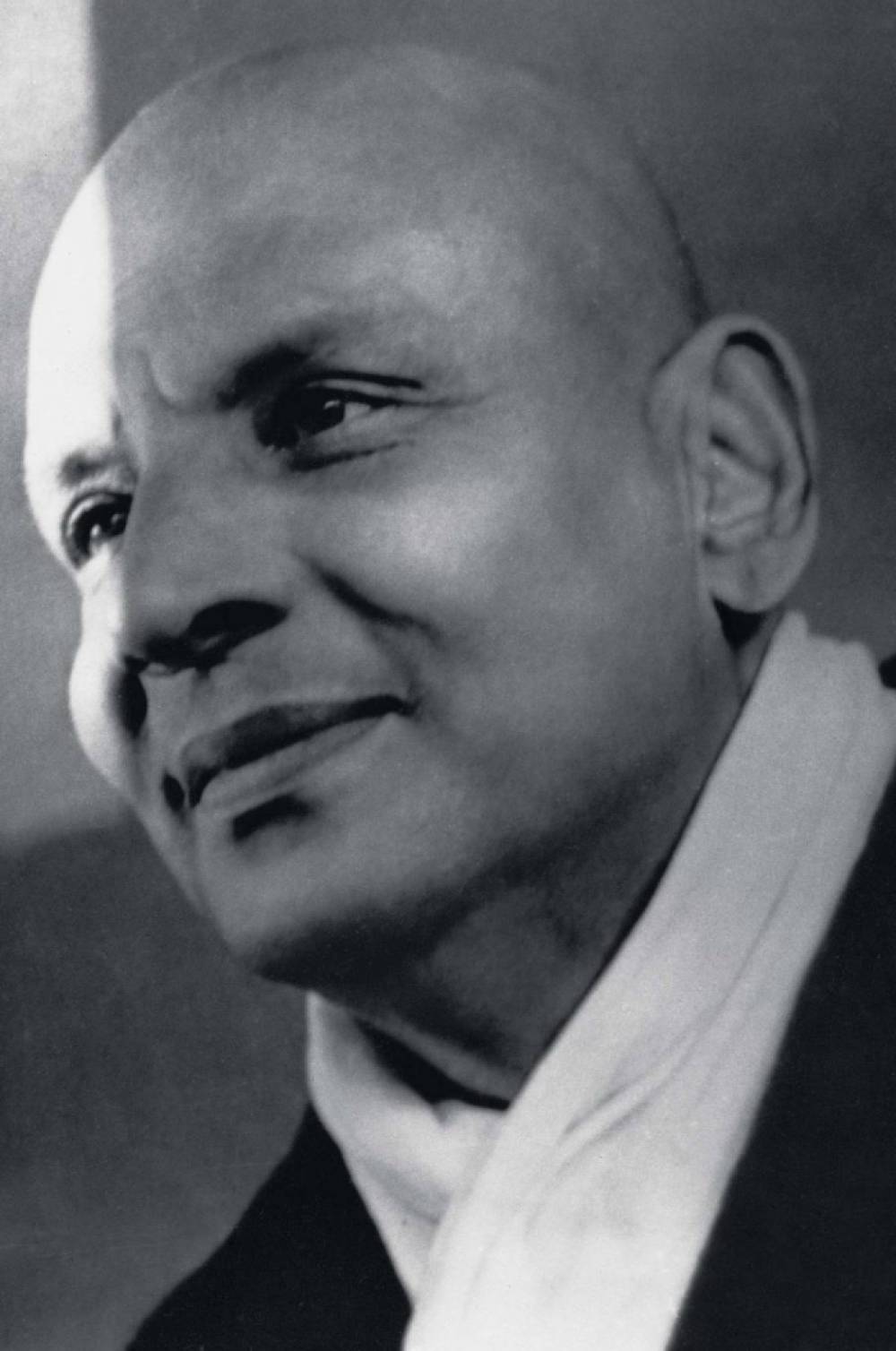
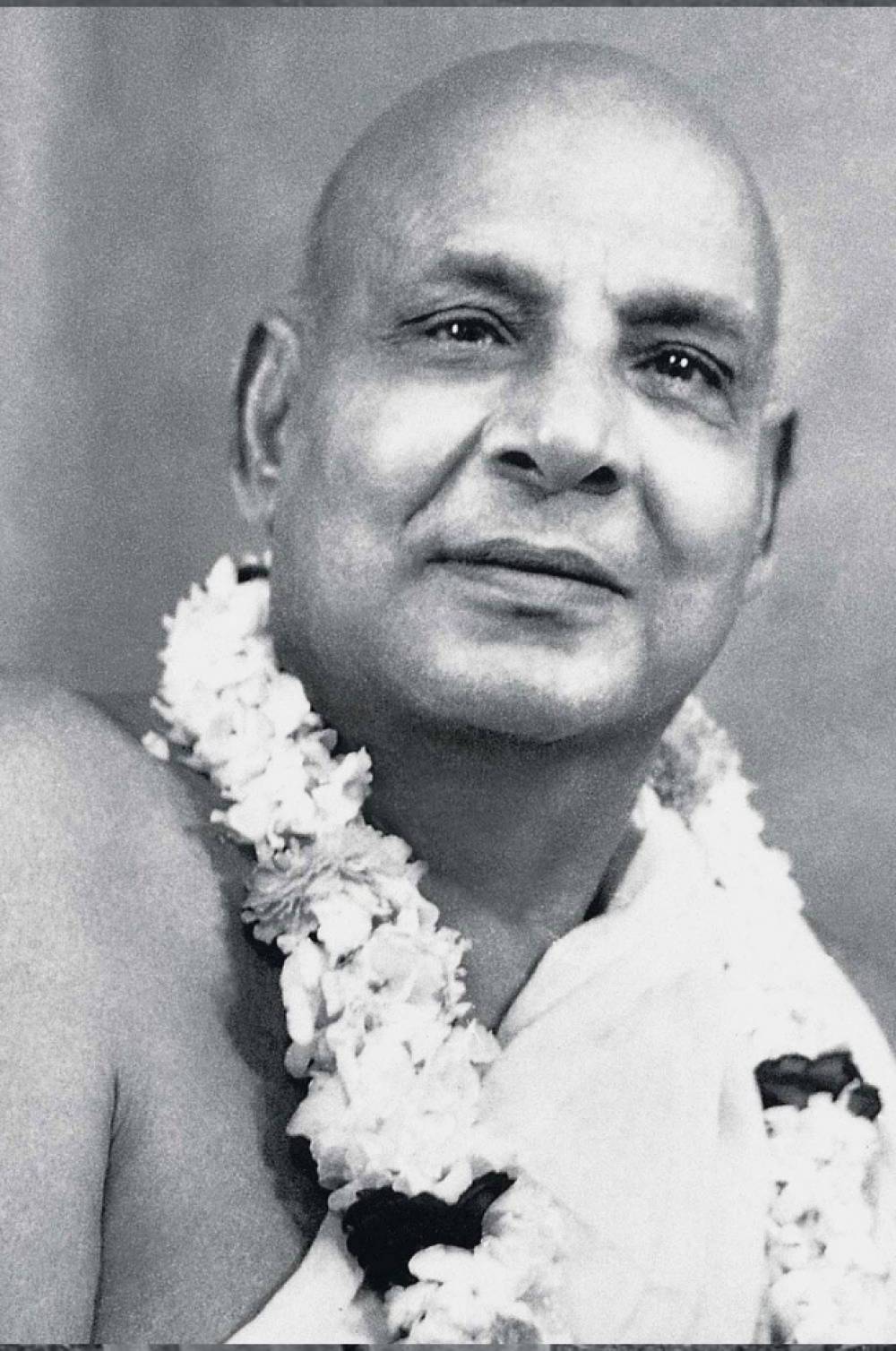


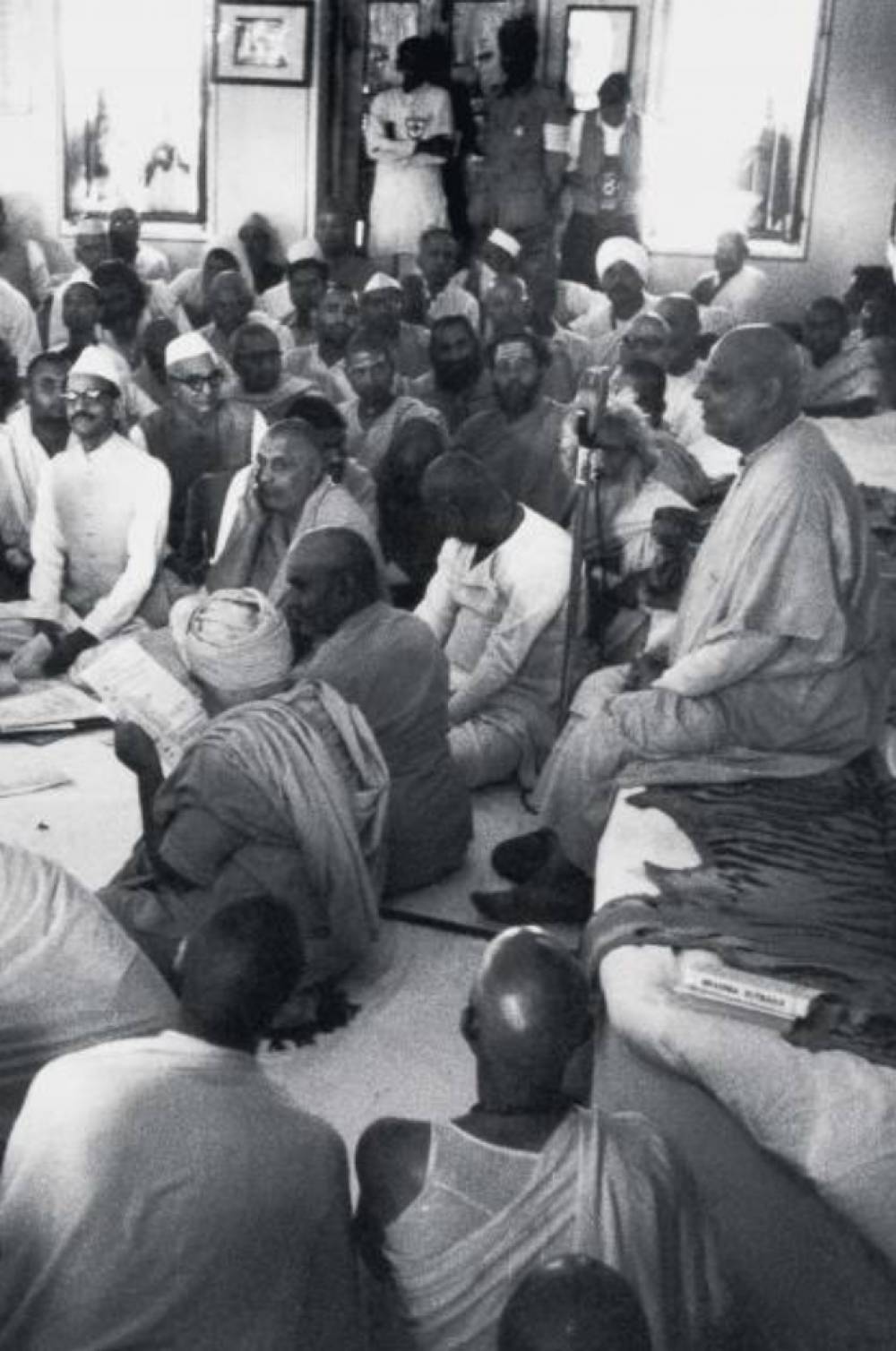
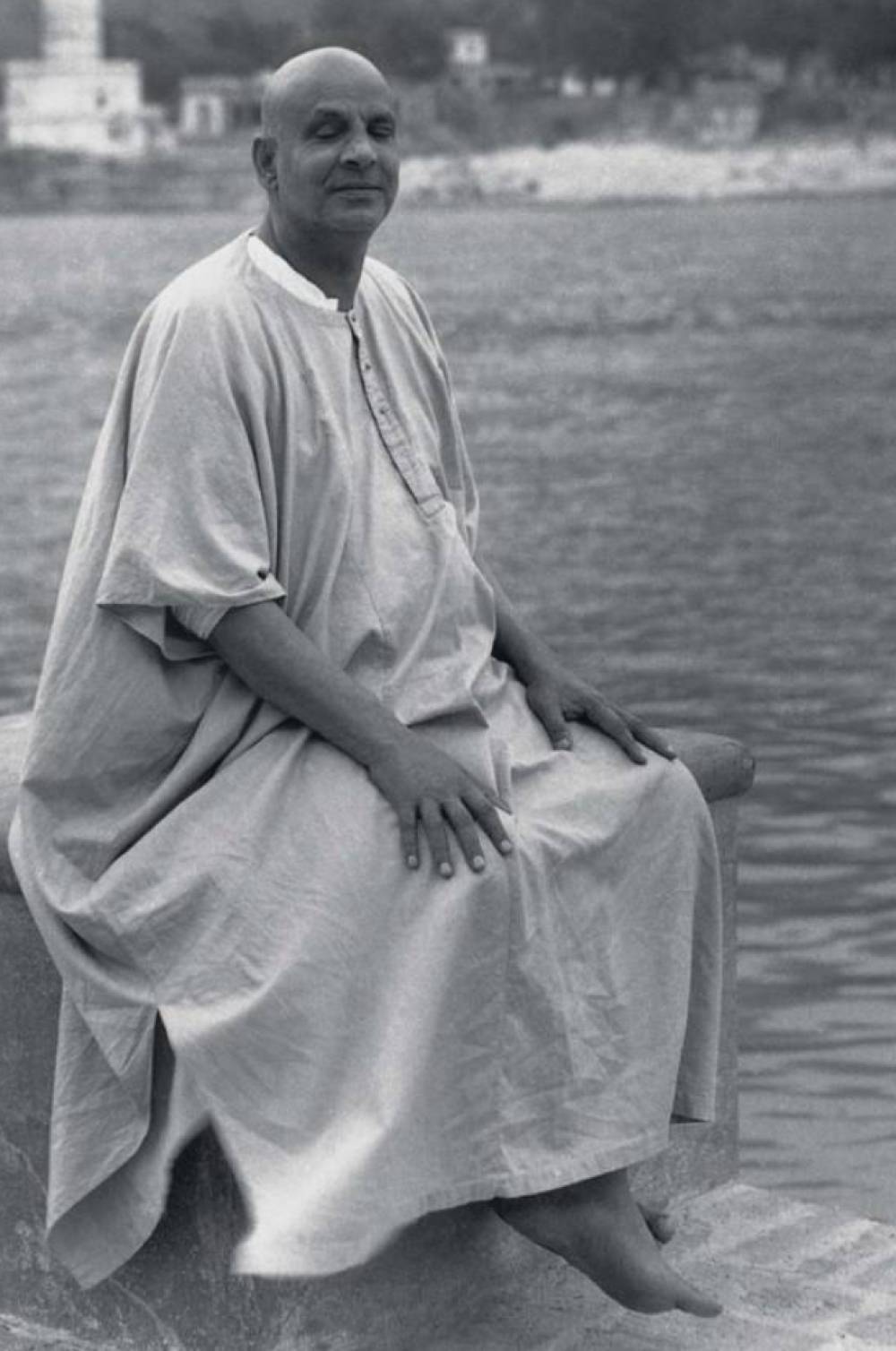
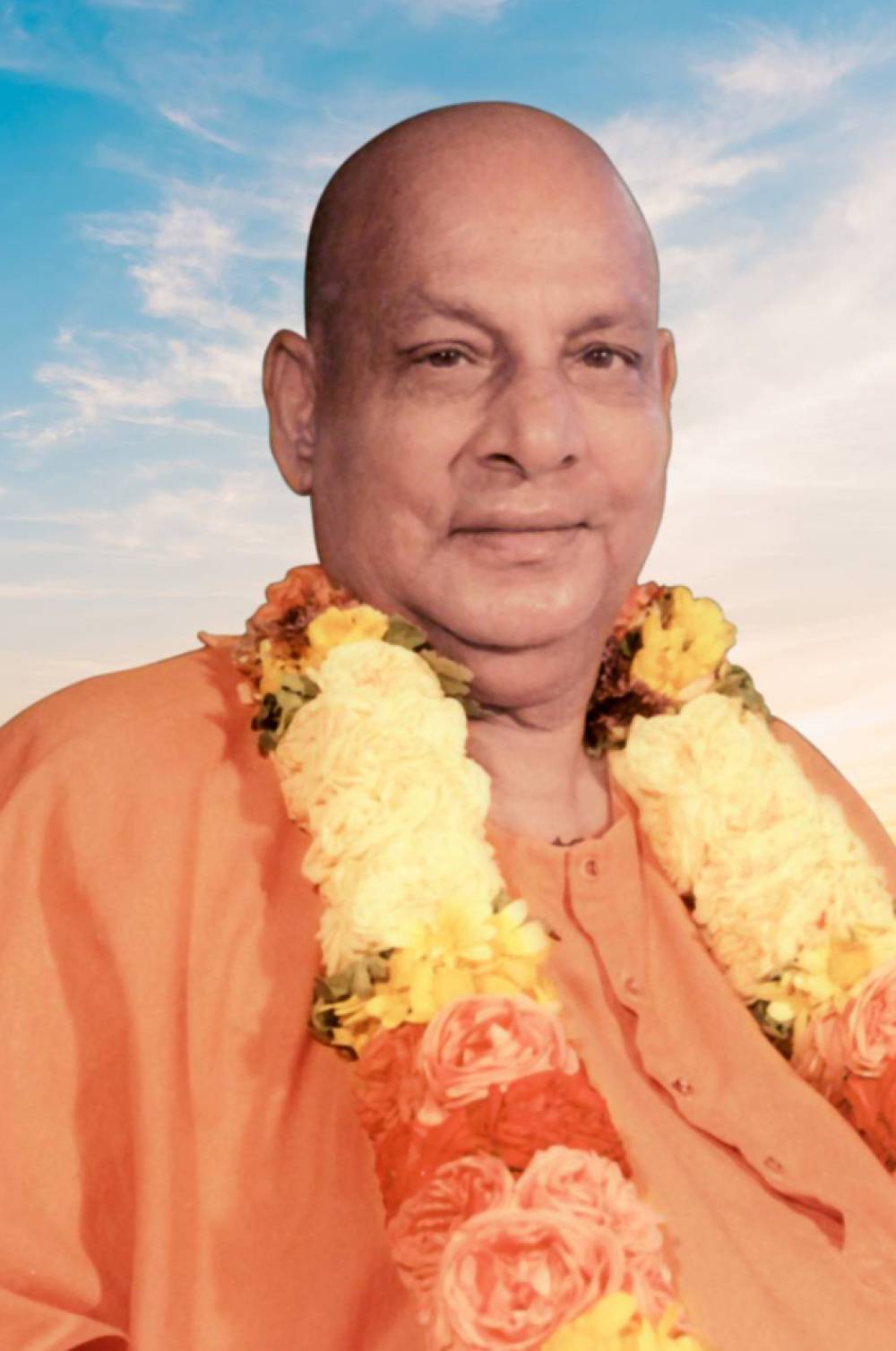
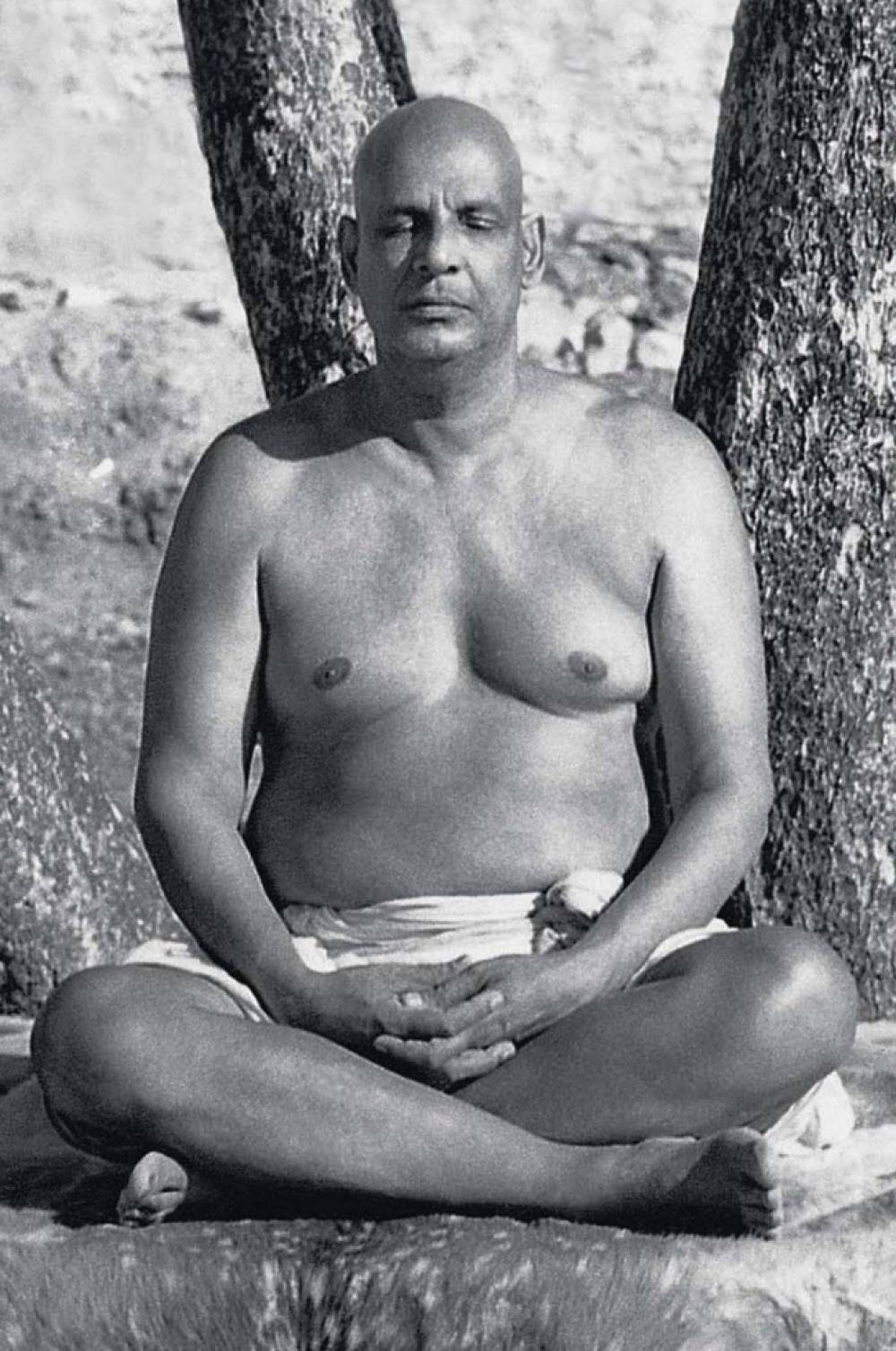
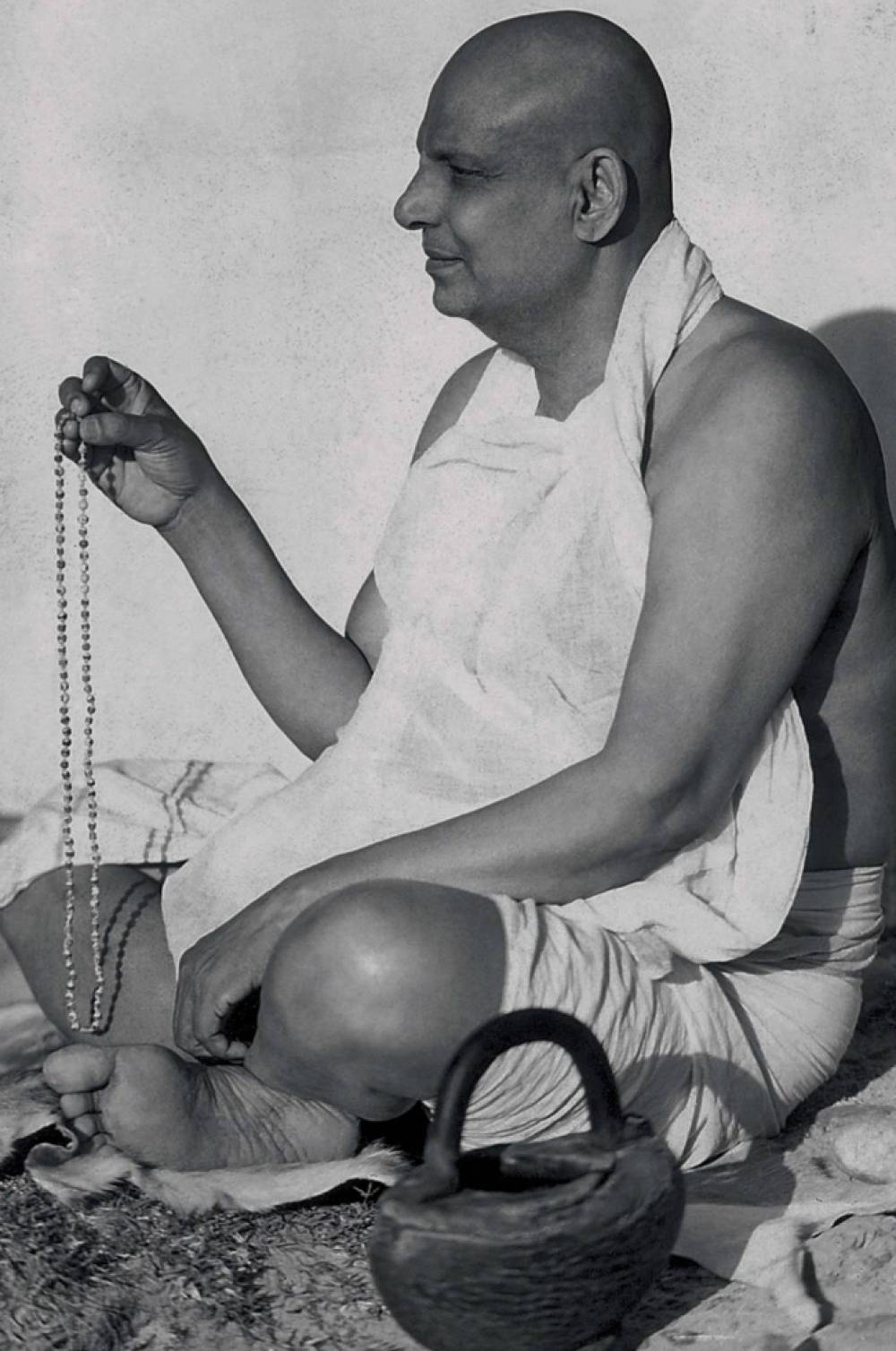
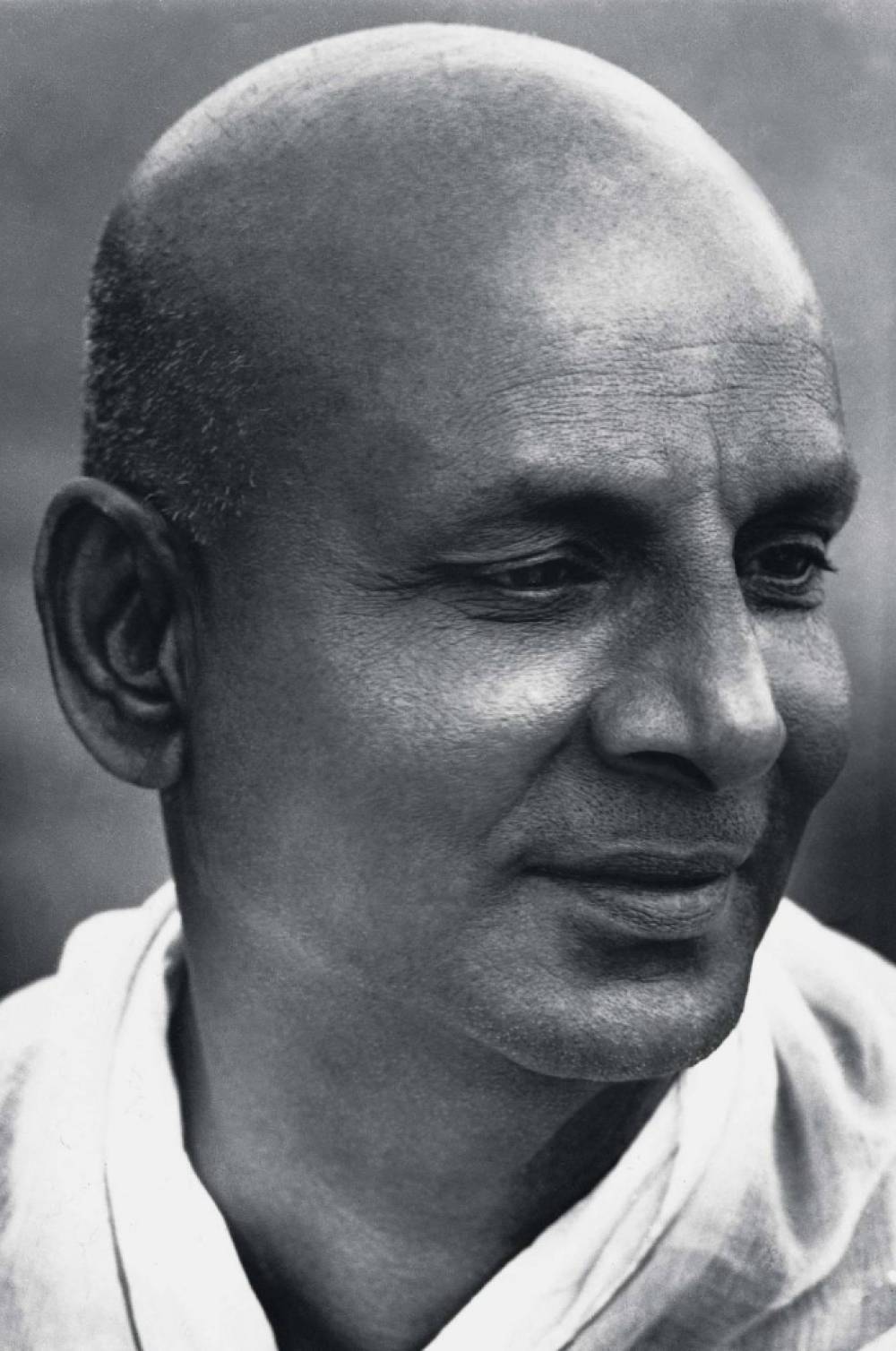
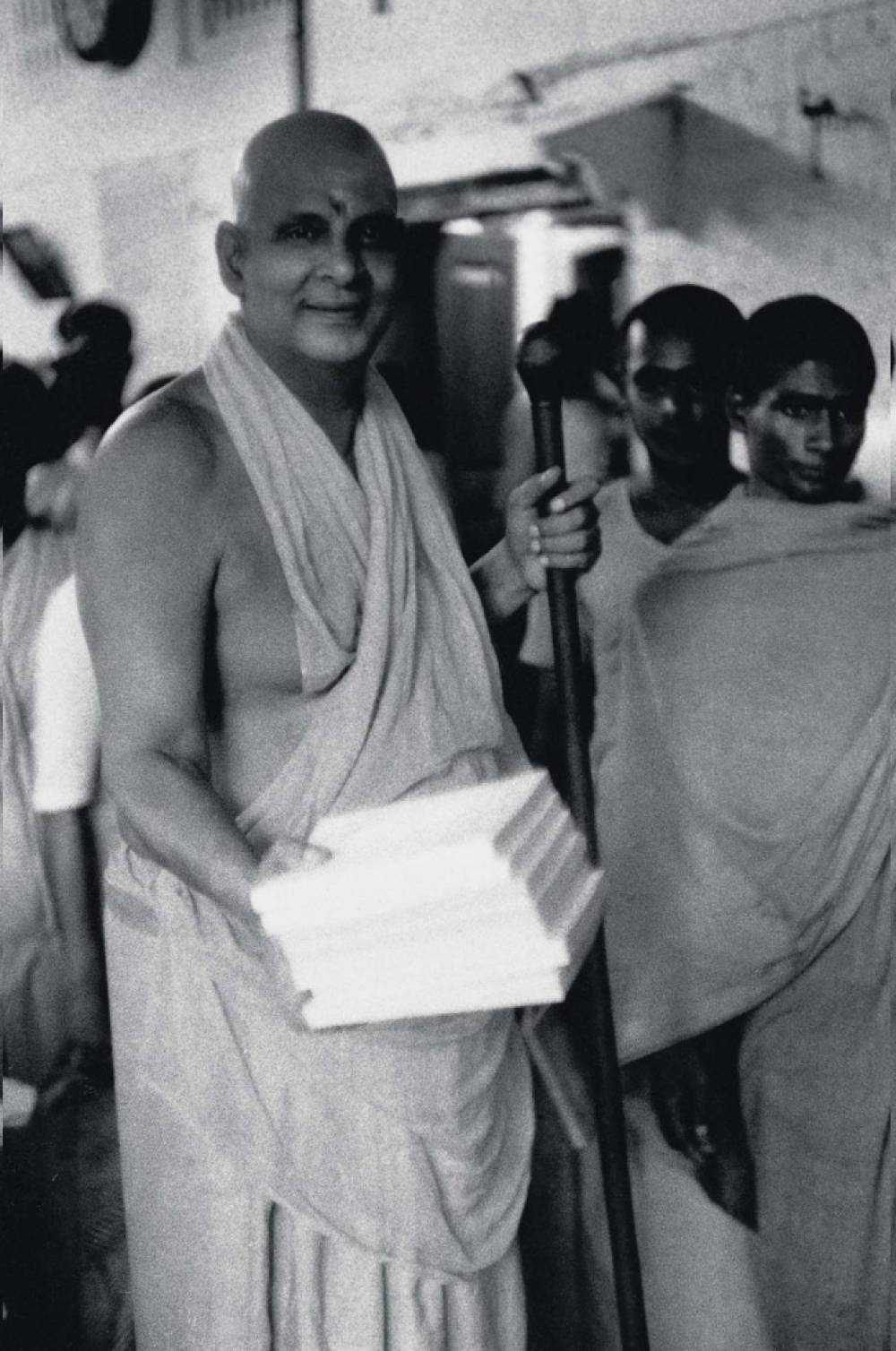
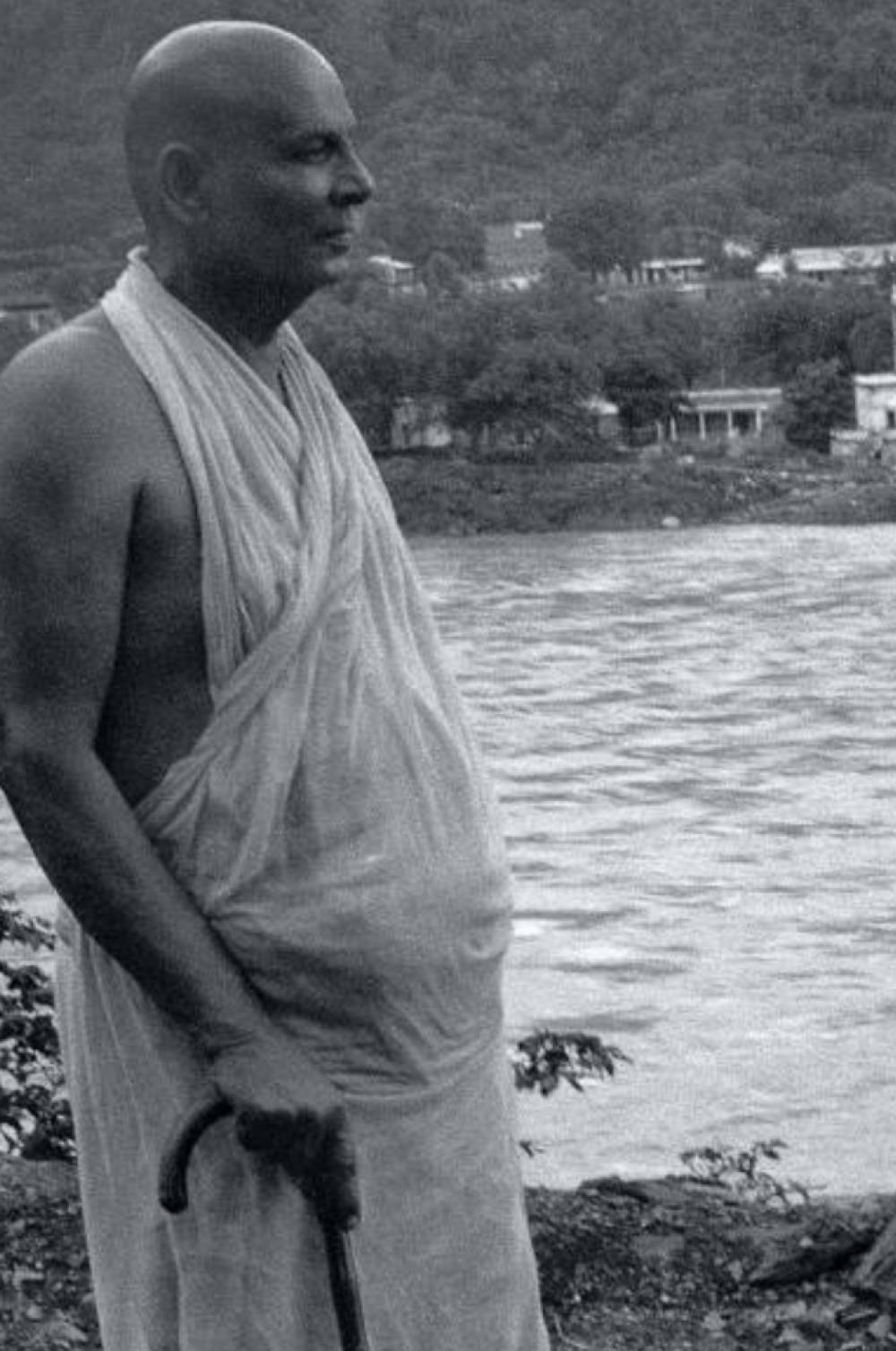
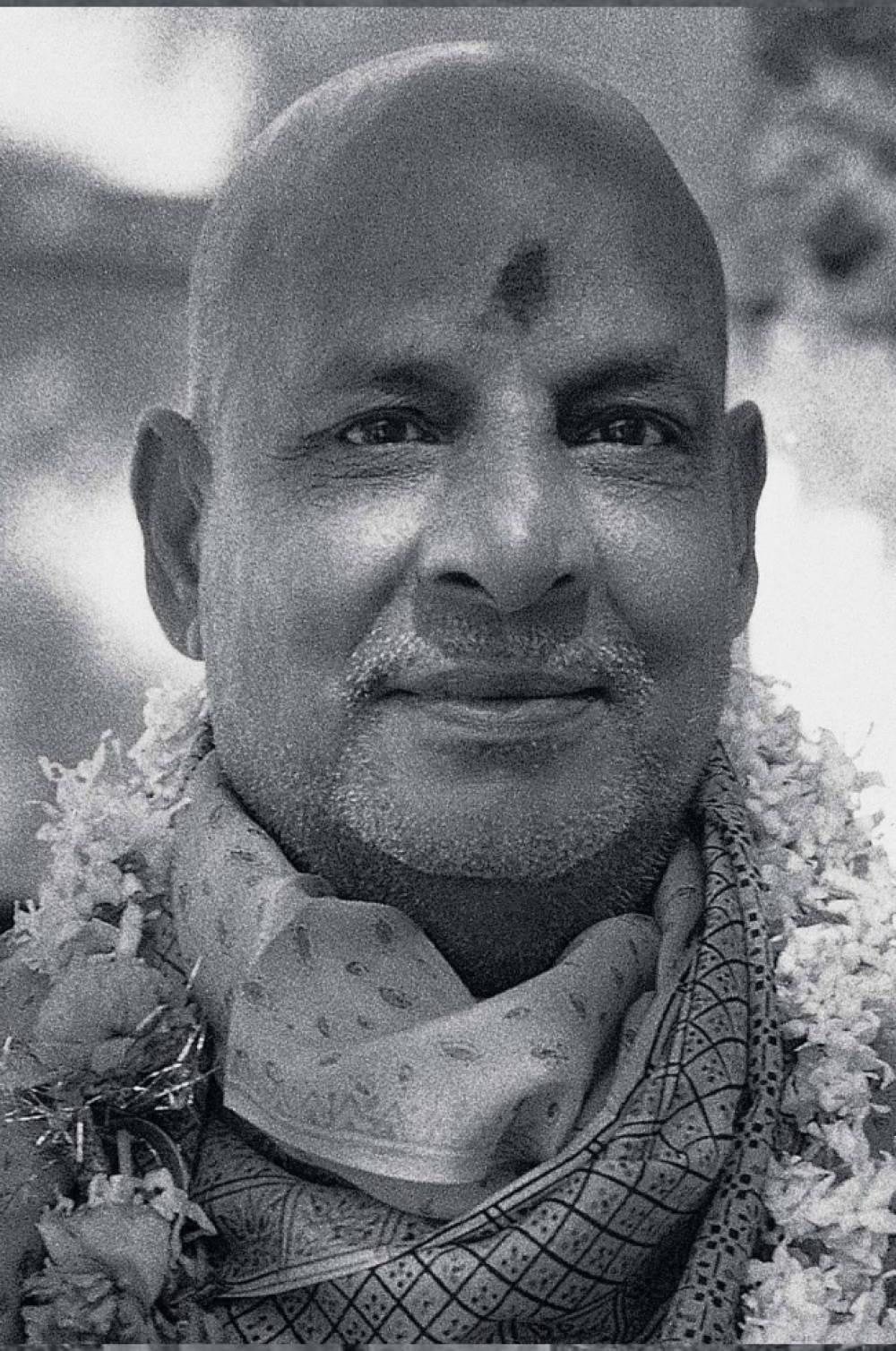

No Comments found. Be first to comment